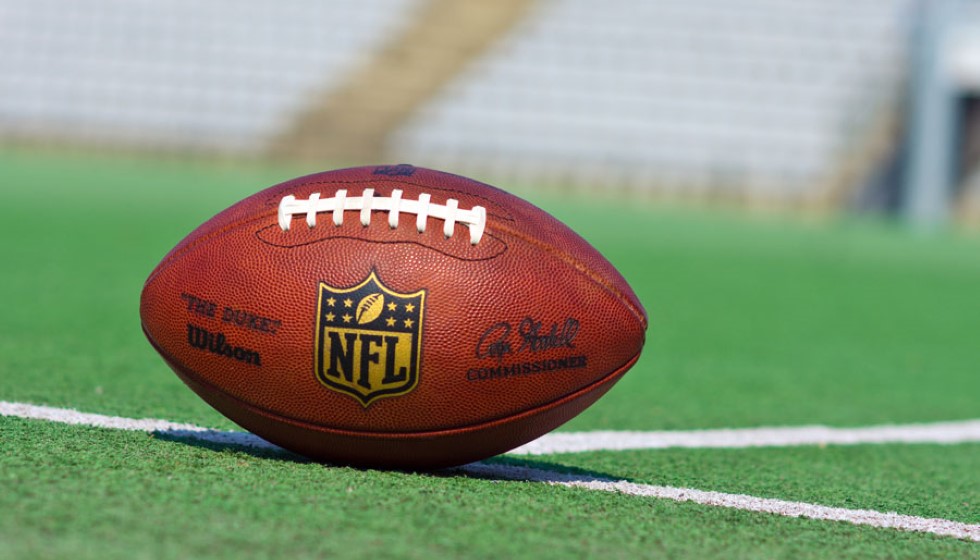
NFL and Pop Culture: The Taylor Swift Effect on the League
The intersection of the NFL and pop culture has found its latest flashpoint in the undeniable influence of music sensation Taylor Swift. This convergence of entertainment and sports has focused attention on the Kansas City Chiefs, primarily due to Swift's presence at their games. Her appearances, particularly at Arrowhead Stadium since September 24, 2023, have sparked widespread interest and intrigue beyond traditional football circles.
Underneath the glitter of superstardom lies the substantial challenge of creating an NFL schedule. The NFL's intricate scheduling process juggles over 26,000 factors and more than a quadrillion potential arrangements. Spearheading this colossal task is Mike North, the NFL's Vice President of Broadcast Planning. He notes that crafting the schedule involves a meticulous balance of numerous factors, such as stadium availability and concurrent major city events. North aptly describes the process: "So try to take that all into consideration. Put it in the soup and just keep stirring and hope that where we land disappoints everybody evenly and hopefully only a little."
Interestingly, while Swift's tour was not a formal constraint on the NFL's scheduling, its whirlwind journey through cities like New Orleans, Miami, and Indianapolis coincided with interesting adjustments around those stops. Her mere presence has influenced strategic planning in ways unforeseen by the gridiron managers.
Perhaps more intriguing is the cultural shift seen in the stands and on television screens. The Kansas City Chiefs' jerseys emblazoned with the number 87—associated with star tight end Travis Kelce—have seen a notable uptick in popularity, particularly among young girls. "Obviously the Kansas City Chiefs are a pretty big brand, seeing the 12-year-old girls wearing number 87 Chiefs jerseys. It's fun for all of us to see," North observes with a sense of wonder and appreciation.
On the larger canvas, Swift's influence extends to television ratings, where her presence at games has sparked an increase in viewership among female demographics, particularly ages 12-17 and 18-49. North highlights this positive impact, stating, "If we can bring more little girls to the television screen and they can see themselves looking back at them, there's nothing but a positive there."
Beyond the glamour and fandom, Swift’s appearances subtly shine a light on the evolving role of women in the NFL. Her visibility at games underscores the league's ongoing efforts to embrace and amplify the presence of women in prominent roles within its ecosystem.
The Chiefs, with Swift's attendance, boast an impressive 18-3 record, contributing to an overall 23-5 record since the popstar's noted presence at the stadium. While attributing their success to her appearances might be a stretch, it's a narrative that captures the imaginative connection fans and media love to explore.
As Taylor Swift's Eras Tour wends its way toward its conclusion in Vancouver this December, the ripple effects in the NFL endure. The league's challenge remains clear: balance the purity of the game while accommodating and capitalizing on external influences that bolster the sport's appeal. North astutely summarizes this dynamic: "And yeah, every now and then a stadium asks for us to consider having the NFL team on the road a certain weekend because they have an event that they have an opportunity to book in their building, whether it's the truck and tractor pull or a pop superstar concert."
Ultimately, this unique blend of NFL operations and pop culture phenomena captures how the league innovatively navigates both the arena and the stage. It reflects a nuanced dance between maintaining tradition and embracing the winds of change. Certainly, Taylor Swift’s imprint on the league extends far beyond musical notes; it echoes in the hearts of young fans donning Chiefs jerseys and resonates in the strategic boardrooms plotting the next season.